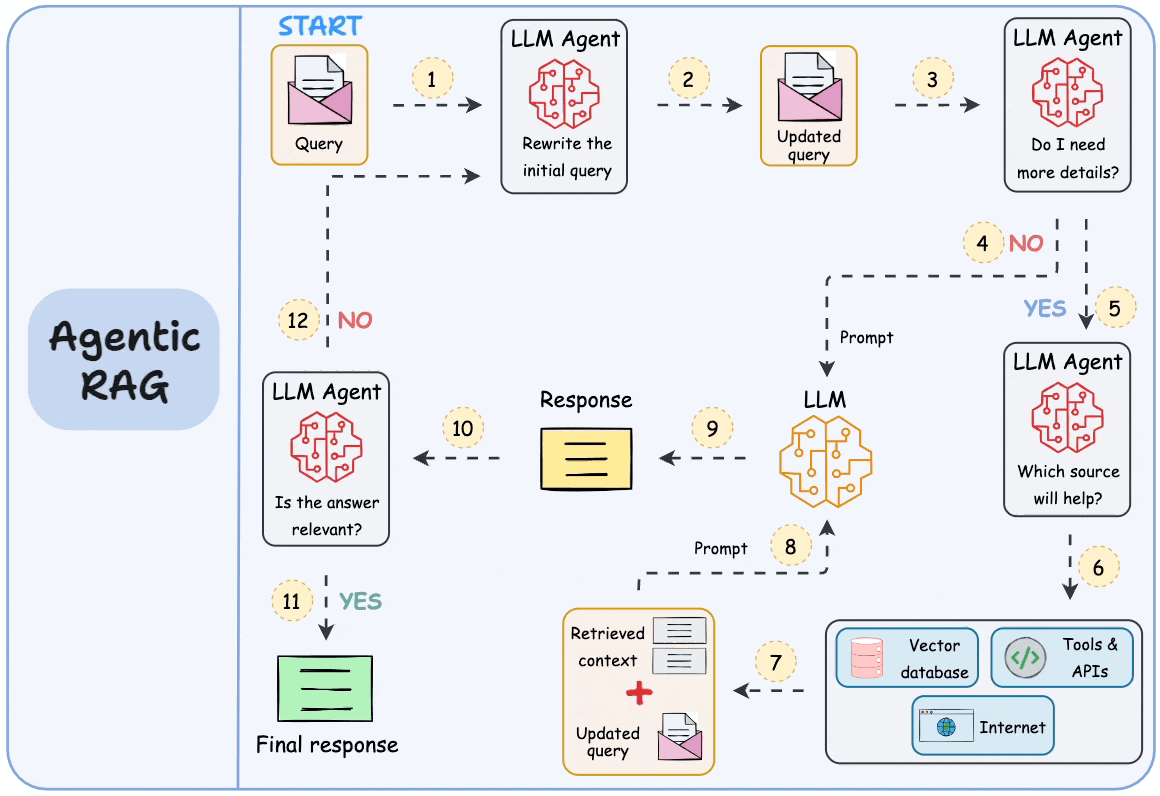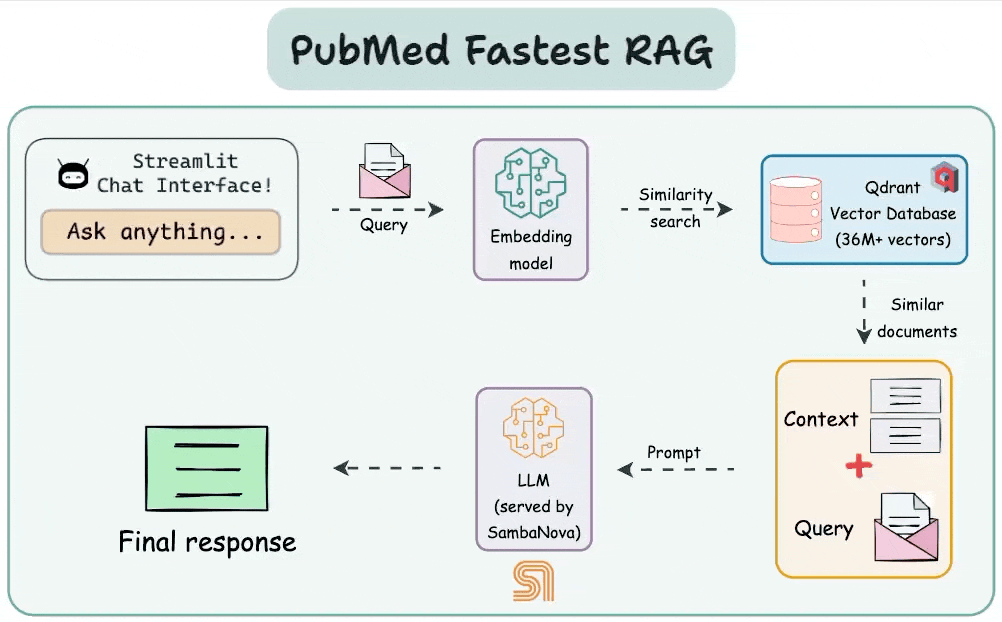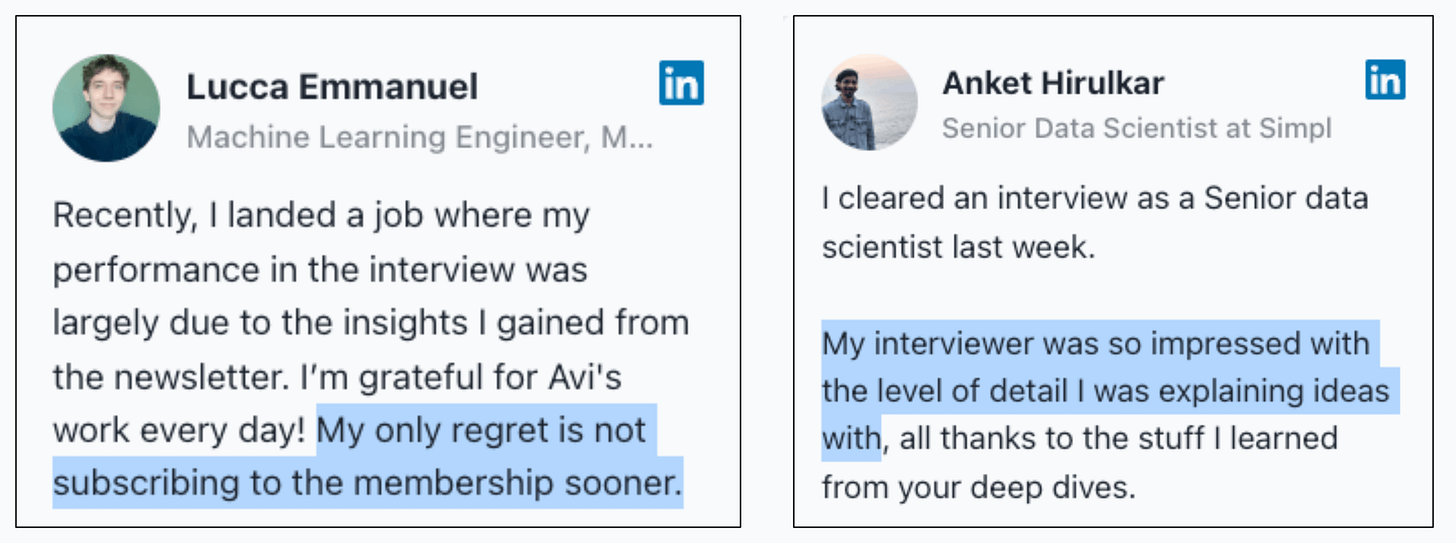Your AI Engineering Hub
4k+ stars and 100% open-source.
Transform how you code with Amazon Q
Amazon Q Developer transforms how you work and helps you build better applications faster than ever before.
Get intelligent code completions and problem-solving help right in your IDE
Automate routine tasks like testing, code reviews, and documentation
Modernize applications with automated code transformation tools
Level up your development skills today with the AWS Developer Center.
Your AI Engineering Hub
A few months back, we launched AI Engineering Hub, and this week, it crossed 4k+ stars on GitHub.
Here, we publish the code for hands-on AI engineering newsletter issues. This repository is dedicated to:
In-depth tutorials on LLMs and RAGs.
Real-world AI agent applications.
Examples to implement, adapt, and scale in your projects.
It’s 100% open-source, packed with 30+ hands-on tutorials.
Note: If you love what we do, we would really really appreciate if you starred us on GitHub here: AI Engineering Hub.
Won’t take more than 5 seconds.
Thank you so much for your support.
Today, we want to show you some of the best real-world projects we have published so far in this GitHub repo.
#1) Agentic RAG
Build a RAG pipeline with agentic capabilities, dynamically fetch context from different sources using FireCrawl and CrewAI. Check here on GitHub →
#2) RAG over audio
Develop a RAG system capable of ingesting & understanding audio content—think podcasts, lectures & more! Check here on GitHub →
#3) Evaluation and observability for AI Applications
Monitor, debug, trace and refine your LLMs and AI solutions seamlessly using 100% open-source Cometml’s Opik platform. Check here on GitHub →
#4) Build the Fastest RAG stack
Make your RAG up to 40x faster and memory efficient using Binary Quantitation and SambaNova’s fastest inference engine. Check here on GitHub →
#5) Multimodal RAG application
Combine text + images to build RAG over complex real-world documents using DeepSeek Janus-Pro. Check here on GitHub →
There are many more of them (30+) and you can find them in the GitHub repo.
Check here: AI Engineering Hub (and do star it).
If you love what we do, we would really appreciate it if you starred us on GitHub here: AI Engineering Hub.
Won’t take more than 5 seconds. Thank you so much for your support.
👉 Over to you What other projects would you like us to cover next?
Thanks for reading!
P.S. For those wanting to develop “Industry ML” expertise:
At the end of the day, all businesses care about impact. That’s it!
Can you reduce costs?
Drive revenue?
Can you scale ML models?
Predict trends before they happen?
We have discussed several other topics (with implementations) that align with such topics.
Here are some of them:
Learn sophisticated graph architectures and how to train them on graph data: A Crash Course on Graph Neural Networks – Part 1.
So many real-world NLP systems rely on pairwise context scoring. Learn scalable approaches here: Bi-encoders and Cross-encoders for Sentence Pair Similarity Scoring – Part 1.
Learn techniques to run large models on small devices: Quantization: Optimize ML Models to Run Them on Tiny Hardware.
Learn how to generate prediction intervals or sets with strong statistical guarantees for increasing trust: Conformal Predictions: Build Confidence in Your ML Model’s Predictions.
Learn how to identify causal relationships and answer business questions: A Crash Course on Causality – Part 1
Learn how to scale ML model training: A Practical Guide to Scaling ML Model Training.
Learn techniques to reliably roll out new models in production: 5 Must-Know Ways to Test ML Models in Production (Implementation Included)
Learn how to build privacy-first ML systems: Federated Learning: A Critical Step Towards Privacy-Preserving Machine Learning.
Learn how to compress ML models and reduce costs: Model Compression: A Critical Step Towards Efficient Machine Learning.
All these resources will help you cultivate key skills that businesses and companies care about the most.







